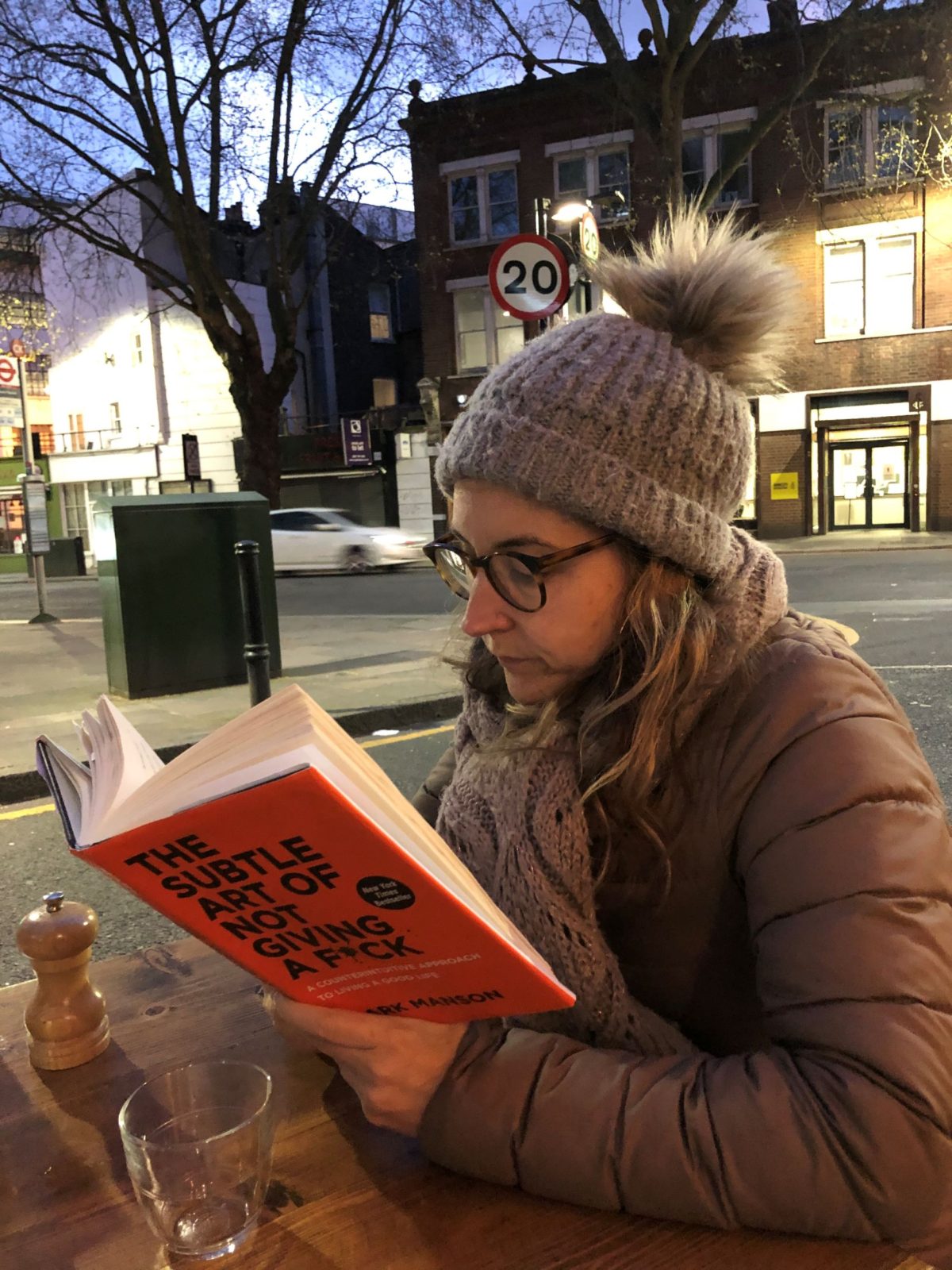Here is a touching tribute to an ordinary life. It’s a carefully researched, incredibly detailed account of the life of a real woman in 19th century Japan. She didn’t do anything very impressive. She got fired a lot, from various jobs as a domestic worker, and went through husbands at an incredible rate. And yet this author has gone into her life in such detail that we know where she lived in her first two weeks in Edo (now Tokyo); who her neighbours were; and how much she ended up owing her landlord.
In addition to learning a lot about this woman’s, private life, at least as far as she described it in her letters, there is much that is super interesting about Japan in the early 1800s. She grew up in the countryside, and had an unusually large number of siblings. Her parents were religious, and thus they “believed that infanticide – fairly common among other peasants – was a sin.” (I love how casually she chucks in that families were small because babies were being murdered.)
Apparently not just baby’s lives were a luxury, so too were clothes. Many families had fewer clothes than people.
The shogunate even commended virtuous daughters for going without clothes in the dead of winter so that their parents could wear robes.
Manual labourers were apparently always pretty much naked, and compensated by covering their bodies in tattoos. Some made clothes out of paper (preserved with persimmon juice, as you do). Often the paper had already been used for its normal function, so you could still read letters on it, and for a while among wealthy people clothing with writing on it became a sort of ironic craze.
The woman moves to Edo to work for a wealthy family, and we learn about the rigours of attending the shogun. She is disappointed to find out that the ‘Edo hair’ everyone talked about in the countryside is worn by no one at all in Edo. Everyone had to look the same, so bald men had to glue false topknots on; and they had to wear so much clothing they could not easily take it off, meaning they carried around brass tubes to pee into.
Okay I have a LOT of other interesting factoids. But I’ll stop.


